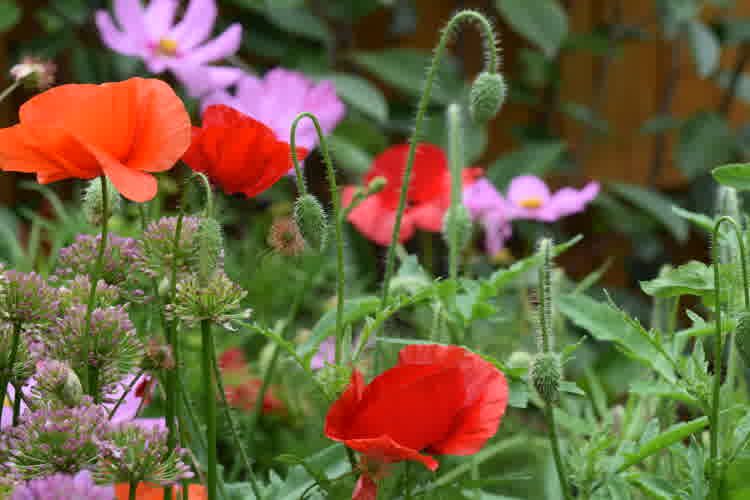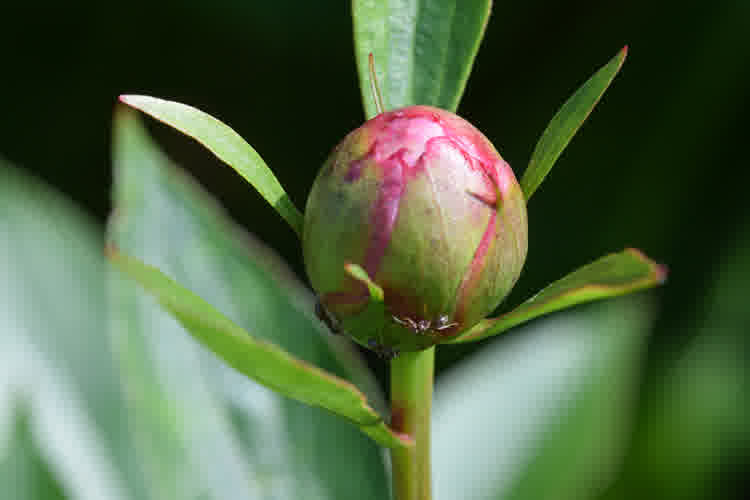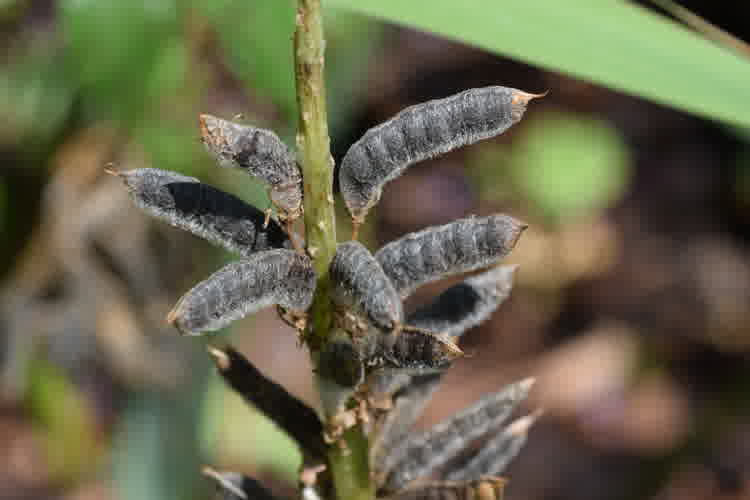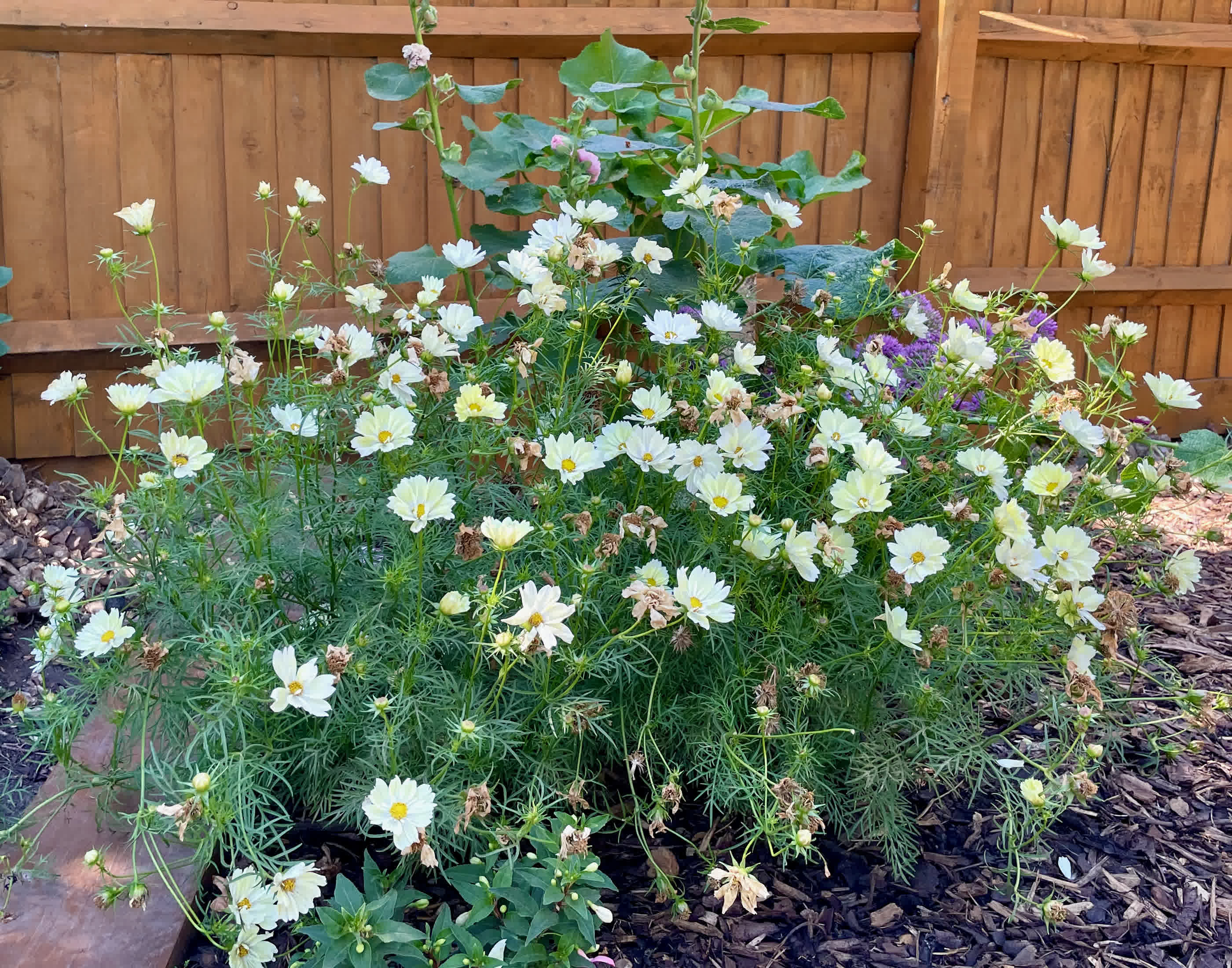
Cosmos
Table of Contents
Varieties
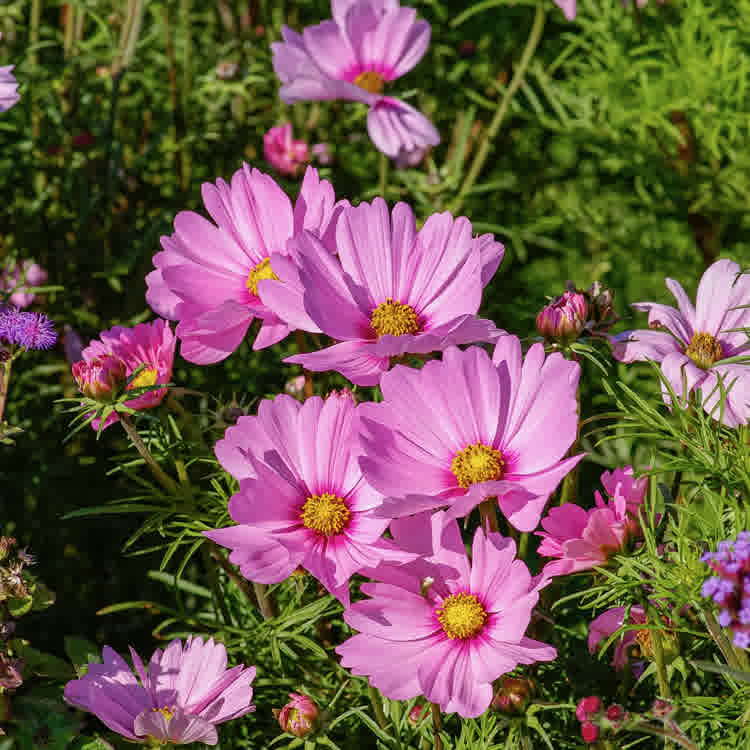
There are multiple varieties of cosmos, ranging in height, flower appearance and colours.
You can expect to find them in red, white, pink, yellow and orange with single or double-coloured variations.
Height can range from 50cm to over 1m.
Almost all cosmos are annuals except for cosmos atrosanguineus (chocolate cosmos), a tender perineal.
Annual cosmos plants have green, feathery foliage. They have long blooming seasons, usually from late spring until the first frost.
A single cosmos plant can produce large numbers of seeds which can be left to self-seed or collected to sow the following year.
Planting
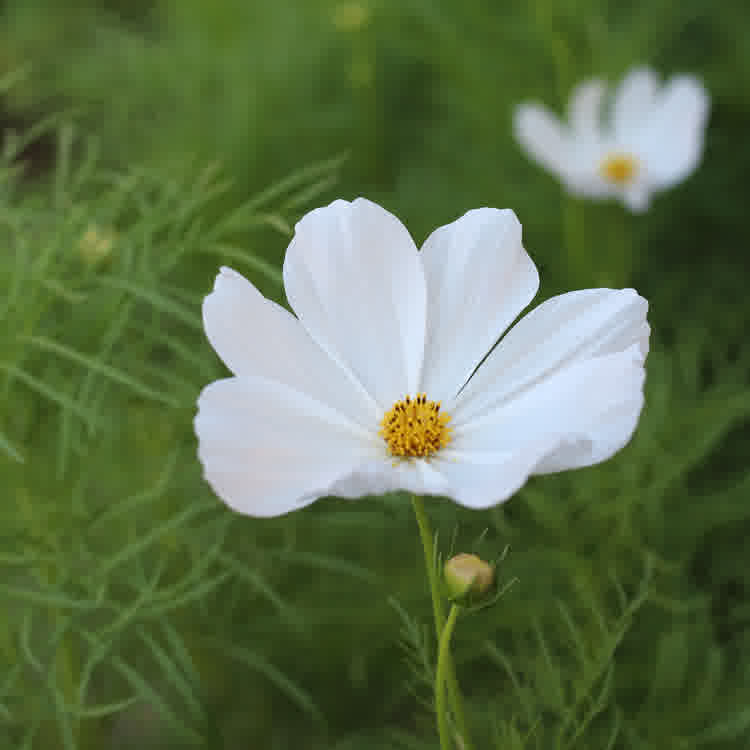
Plant cosmos in full sun, with moist, well-draining soil.
Cosmos will still grow in light or partial shade, although you will likely get fewer flowers.
Cosmos is great as borders or grown in flower beds. Their height differs between varieties, so choose a location in your flower bed based on its full-grown height.
Seeds can be sown directly into the ground early to mid-spring after the frost has passed.
Sow them 1/8 - 1/4 an inch. You can sow more seeds than you intend to have plants, as they can be thinned out later.
You can also sow the seeds into pots or containers in early spring. Fill the containers with a free draining seed-sowing compost. Sow the seed to 1/8 - 1/4 an inch deep and water.
Once these plants are 3 - 4 inches tall, harden them off before planting them into the ground.
Cosmos can be purchased from garden centres ready to be planted in the ground.
These are very straightforward to plant. Dig a hole as deep and slightly wider than the container. There is usually no need to apply fertiliser.
Place the plant in and backfill the hole. Firm the ground around the plant with your hand or foot and then water.
Ongoing care
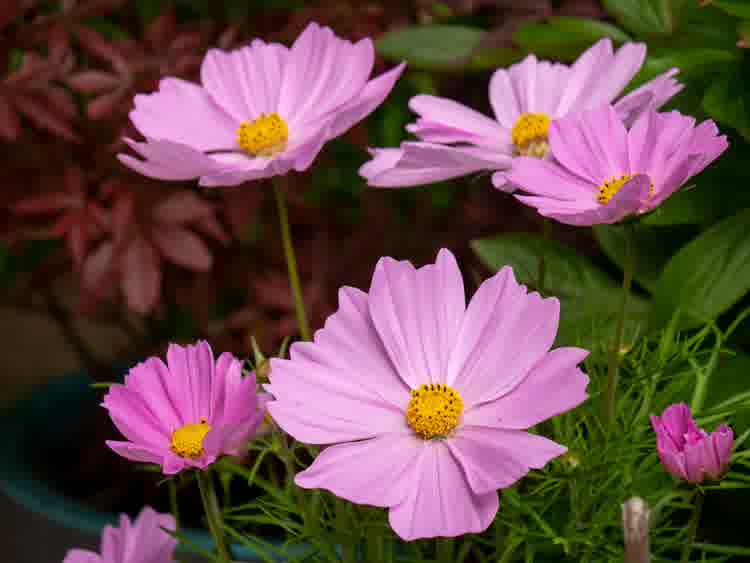
Ideally, you want your cosmos plant to be as bushy as possible, increasing flower yield. Pinching seedlings is how you can achieve this. It stimulates the plant to grow more branches, therefore becoming denser.
Once your seedling has grown 2 - 3 pairs of leaves, pinch out the growing tip using either your hands or a sharp pair of secateurs.
There is usually no need to fertilise cosmos plants.
Deadheading spent flowers will focus energy on growing new flowers instead of seeds. As the vast majority are annuals, you may wish to collect some seeds to sow the following year. You could do this towards the end of the flowering season.
Keep the soil moist but not damp, and ensure water can drain.
The tender perennial cosmos atrosanguineus (chocolate cosmos) will require care over winter. There are two options, protect in the ground or lift and store.
The first option is to protect them in the ground by cutting the stem down to around 8-10cm from the ground and heavily mulching the plants. The soil must be free draining, or they are unlikely to survive the winter. Uncover the mulch in mid-spring.
The second option is to lift and store. Cosmos atrosanguineus have tubas and can be lifted from the ground, similar to dahlias. Carefully dig out the tubers, remove as much soil as possible and allow them to dry naturally. They must be stored in a frost-free location through the winter with plenty of airflow. Read more about how to store and protect tubas in the Ongoing care section in our Dahlia guide. The tubas can be planted again in mid-spring after the frost has passed. They can take some time before producing new growth, so be patient and don't give up on them too early!
Pest and diseases
Cosmos plants are usually problem free.
Although, as with all plants, problems can arise. They can be susceptible to fungal diseases, such as Botrytis cinerea (grey mould). However, strong-growing, healthy cosmos plants in ideal sunny locations are unlikely to be affected.
When planting seedlings in the garden they may be vulnerable to slugs and snails. Read the Pest and diseases section of our Lupins guide for advice and recommendation to protect plants from slugs and snails.
